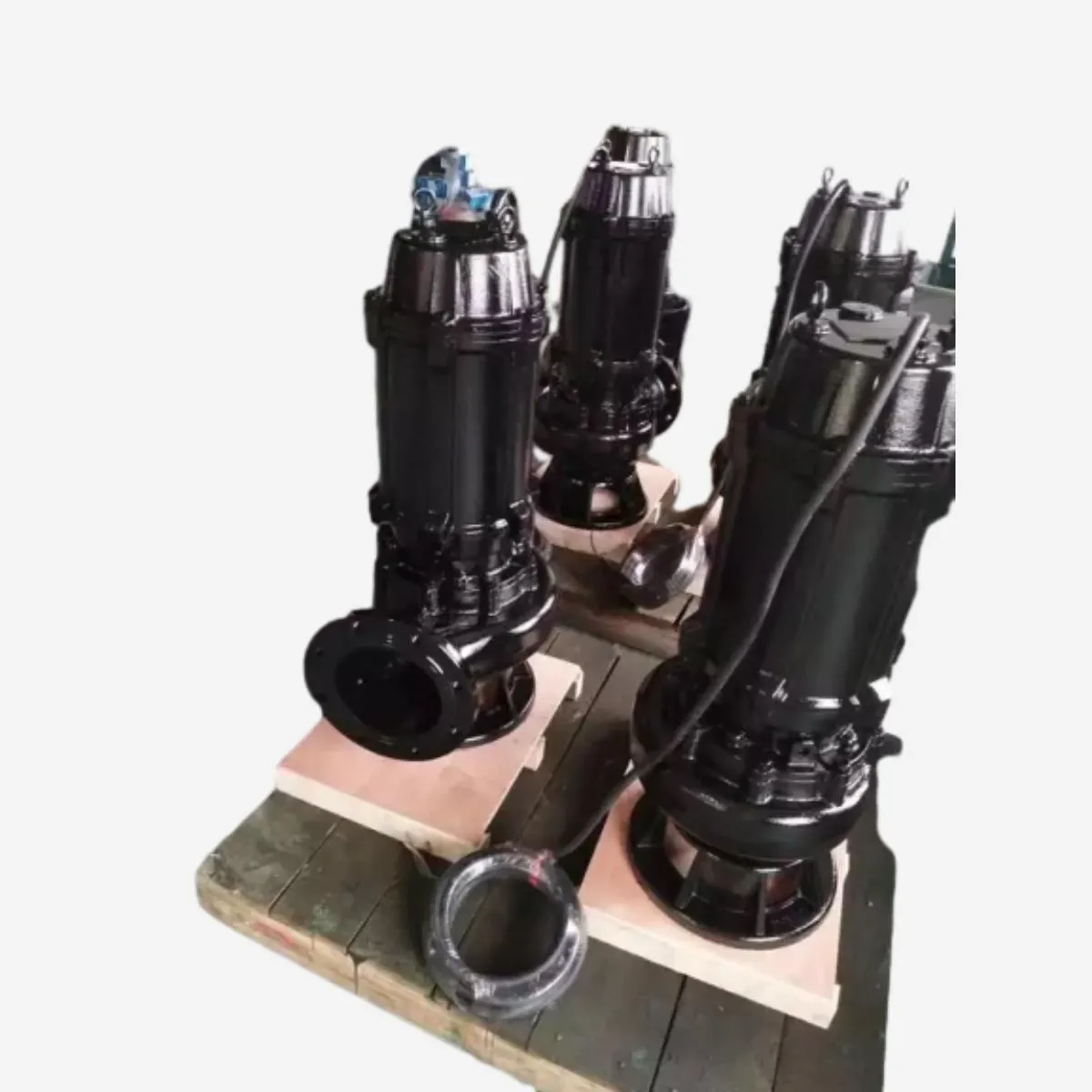English
- Afrikaans
- Albanian
- Amharic
- Arabic
- Armenian
- Azerbaijani
- Basque
- Belarusian
- Bengali
- Bosnian
- Bulgarian
- Catalan
- Cebuano
- Corsican
- Croatian
- Czech
- Danish
- Dutch
- English
- Esperanto
- Estonian
- Finnish
- French
- Frisian
- Galician
- Georgian
- German
- Greek
- Gujarati
- Haitian Creole
- hausa
- hawaiian
- Hebrew
- Hindi
- Miao
- Hungarian
- Icelandic
- igbo
- Indonesian
- irish
- Italian
- Japanese
- Javanese
- Kannada
- kazakh
- Khmer
- Rwandese
- Korean
- Kurdish
- Kyrgyz
- Lao
- Latin
- Latvian
- Lithuanian
- Luxembourgish
- Macedonian
- Malgashi
- Malay
- Malayalam
- Maltese
- Maori
- Marathi
- Mongolian
- Myanmar
- Nepali
- Norwegian
- Norwegian
- Occitan
- Pashto
- Persian
- Polish
- Portuguese
- Punjabi
- Romanian
- Russian
- Samoan
- Scottish Gaelic
- Serbian
- Sesotho
- Shona
- Sindhi
- Sinhala
- Slovak
- Slovenian
- Somali
- Spanish
- Sundanese
- Swahili
- Swedish
- Tagalog
- Tajik
- Tamil
- Tatar
- Telugu
- Thai
- Turkish
- Turkmen
- Ukrainian
- Urdu
- Uighur
- Uzbek
- Vietnamese
- Welsh
- Bantu
- Yiddish
- Yoruba
- Zulu
Telephone: +86 13120555503
Email: frank@cypump.com
Aug . 30, 2024 03:29 Back to list
Horizontal Slurry Pump - High Efficiency & Durable Solutions
Understanding Horizontal Slurry Pumps A Comprehensive Overview
Horizontal slurry pumps play a crucial role in various industries where the transportation of abrasive and corrosive materials is involved. These pumps are designed to handle mixtures of solids and liquids, commonly referred to as slurries, which can be found in mining, mineral processing, wastewater treatment, and various other applications.
One of the primary advantages of horizontal slurry pumps is their robust construction and ability to handle solid-laden fluids. Unlike conventional pumps, which are generally suited for clear liquids, horizontal slurry pumps are engineered to endure the wear and tear caused by abrasive particles. This is largely due to their impellers and liners, which are often made from high-quality, wear-resistant materials such as rubber, polyurethane, or high-chrome alloys. These materials ensure a prolonged lifespan for the pump, reducing the frequency of replacement and maintenance.
Another critical feature of horizontal slurry pumps is their design. The horizontal orientation facilitates easy access for maintenance and repairs, making it more user-friendly compared to vertical pumps. This aspect is particularly beneficial in an industrial setup where time and efficiency are paramount. The configuration also allows for straightforward installation into existing piping systems, further enhancing its adaptability across various settings.
horizontal slurry pump

Moreover, horizontal slurry pumps can handle a wide range of flow rates and pressures, making them versatile for different operational needs. The performance of these pumps can be customized through variations in impeller size and type, allowing for optimal operation according to specific slurry characteristics. This flexibility is essential in environments dealing with varying concentrations of solids or different viscosities.
In terms of applications, horizontal slurry pumps are indispensable in mining operations, where they are used to transport tailings and slurries to processing plants. In mineral processing, they help in the movement of concentrated ore, contributing significantly to the efficiency of the whole operation. Additionally, in wastewater treatment facilities, these pumps assist in managing sludge and other residual materials, ensuring environmental compliance and operational efficiency.
However, it is important to consider the potential challenges associated with horizontal slurry pumps. The handling of highly abrasive materials can lead to frequent wear on pumping components, necessitating regular inspections and maintenance. Additionally, operator training is crucial to ensure that pumps are operated within their designed limits, thus preventing cavitation and other operational issues.
In conclusion, horizontal slurry pumps are integral to various industrial processes involving the transportation of slurries. Their robust design, ease of maintenance, and adaptability make them the preferred choice for managing abrasive and corrosive materials across multiple sectors. As industries continue to evolve, the innovation surrounding slurry pump technology will play a pivotal role in enhancing operational efficiency and sustainability.
-
ISG Series Vertical Pipeline Pump - Chi Yuan Pumps | Advanced Engineering&Industrial Efficiency
NewsJul.30,2025
-
ISG Series Pipeline Pump - Chi Yuan Pumps | High Efficiency, Energy Saving
NewsJul.30,2025
-
ISG Series Vertical Pipeline Pump-Chi Yuan Pumps|High Efficiency&Reliable Performance
NewsJul.29,2025
-
ISG Series Vertical Pipeline Pump|High Efficiency&Low Noise
NewsJul.29,2025
-
ISG Series Vertical Pipeline Pump - Chi Yuan Pumps Co., LTD.|High Efficiency, Energy Conservation, Low Noise
NewsJul.29,2025
-
ISG Series Vertical Pipeline Pump-Chi Yuan Pumps Co., LTD.|High Efficiency&Energy-Saving
NewsJul.29,2025










